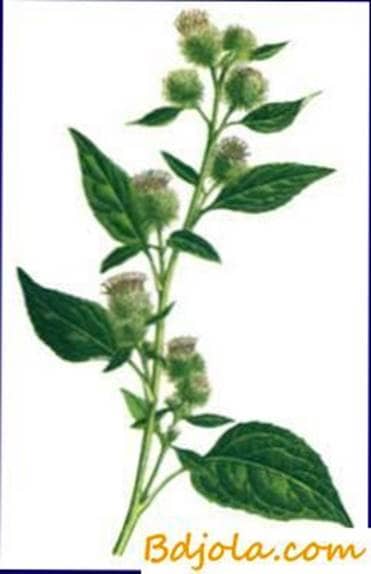
The mulberry honey has a sharp spicy smell, it is dark olive-colored, very viscous. This honey bees are collected from small dark pink flowers of burdock and burdock. From a hectare of a blooming mug, bees collect an average of 600 kg of light yellow, fragrant, delicious honey.
Пенициллин для пчел. Одиночные пчелы.
Bee Honey